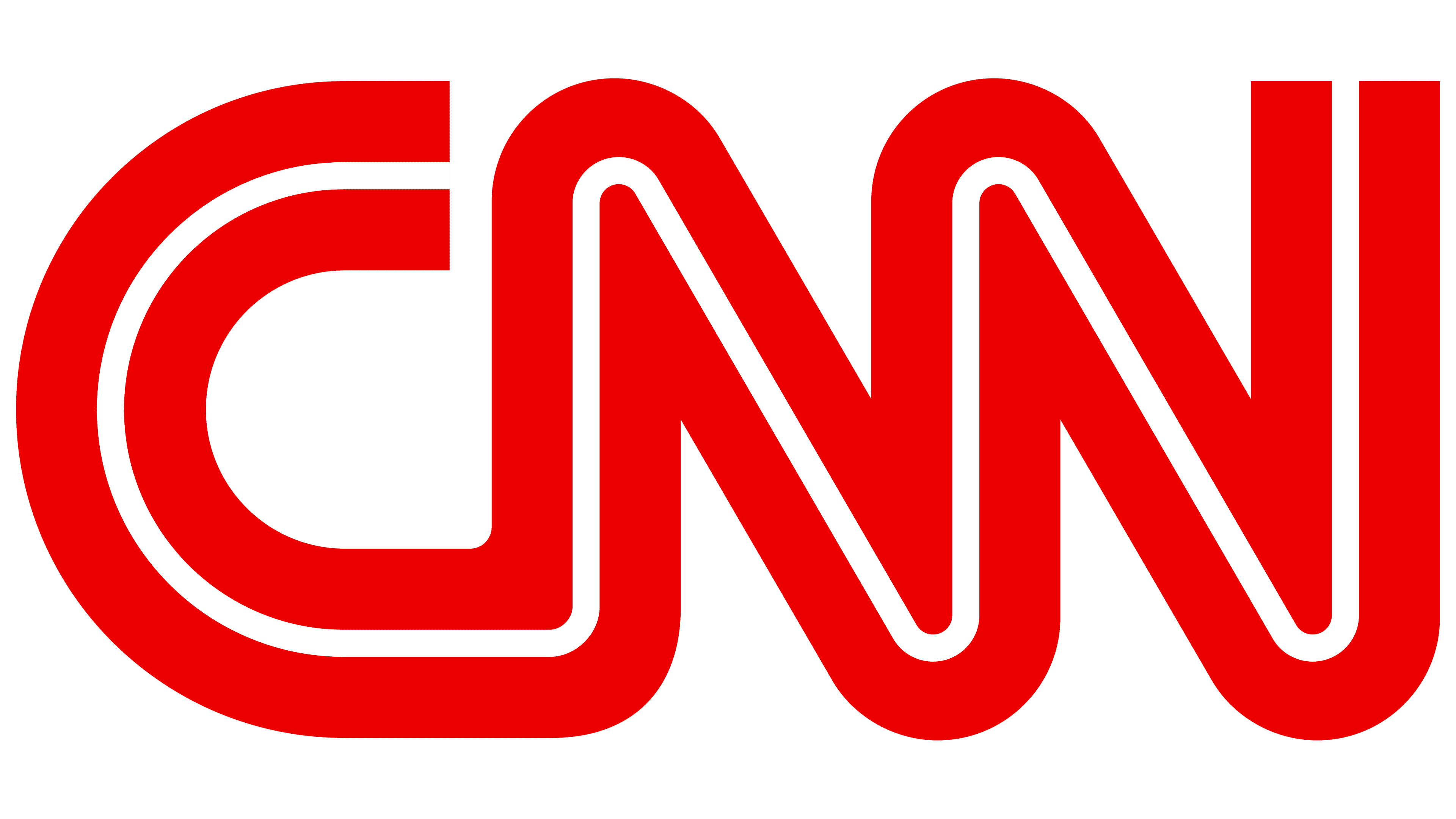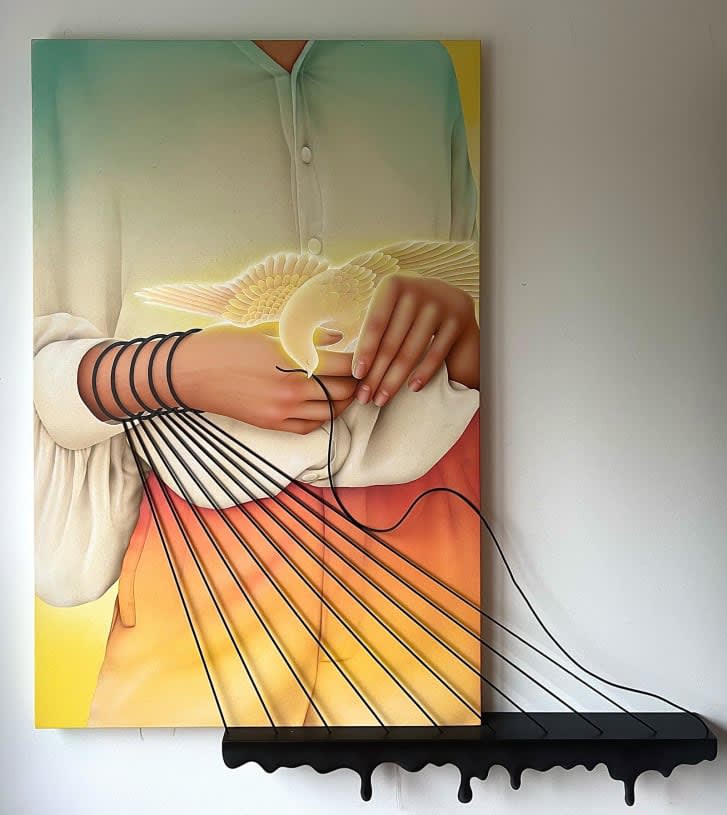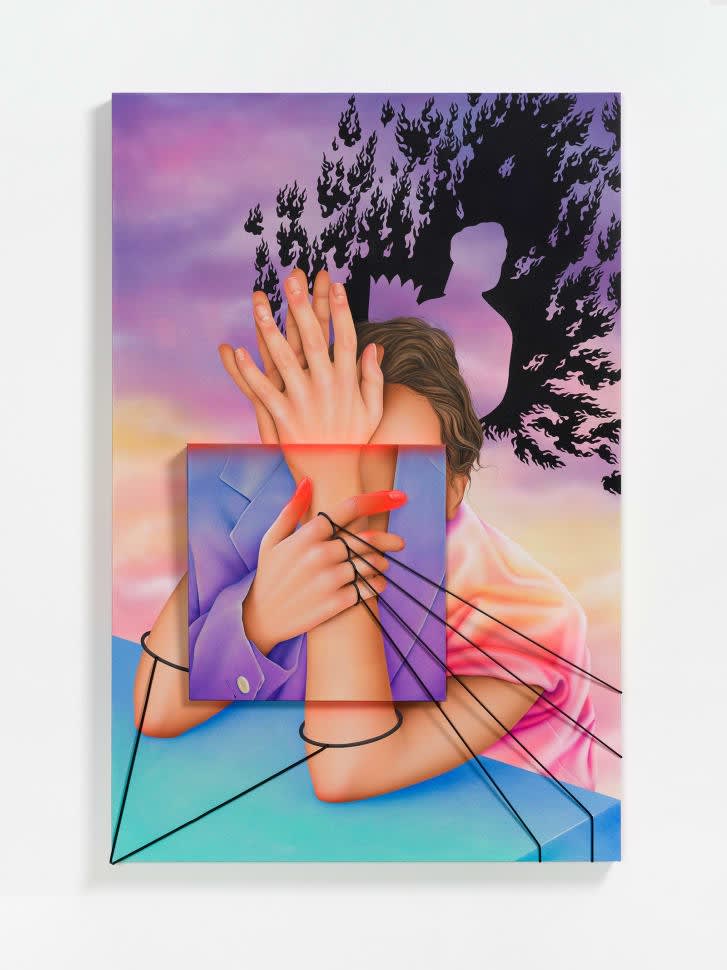"I have scenes of battlefields where soldiers attack women. And now, on the streets, we see videos of these security forces (and a) level of cruelty as they attack the protesters," she said. "I have some visual metaphors... but now they are literally happening."
But Khosravi hopes that her subjects represent not just the experience of Iranian women, but any woman whose rights are threatened.
"Something in common between all of the (women in my paintings) is that they're around the same age as me, or their hair color or features are, to some extent, similar to my own... because I am thinking about my own story and other women who have gone through the same," she said. "But at the same time, I don't want these figures to be too culturally specific. So anyone in any corner of the world can relate to their works based on their own experiences."
"I am thinking about my own story and other women who have gone through the same," she said.
Now she's sketching ideas for new paintings, responding to what she hopes are turning tides in her home country.
"At some point I had lost hope that maybe things would change, but now there's this young energy, it's very fascinating and I hope it leads to fundamental change," she said.
Though the subjects in her portraits all have some degree of agency, she's working on a new set of symbols that will evoke the strength of women taking on an entire government to claim autonomy over their bodies. "In light of all that's going on," Khosravi said, "I want to give the figures more power."











